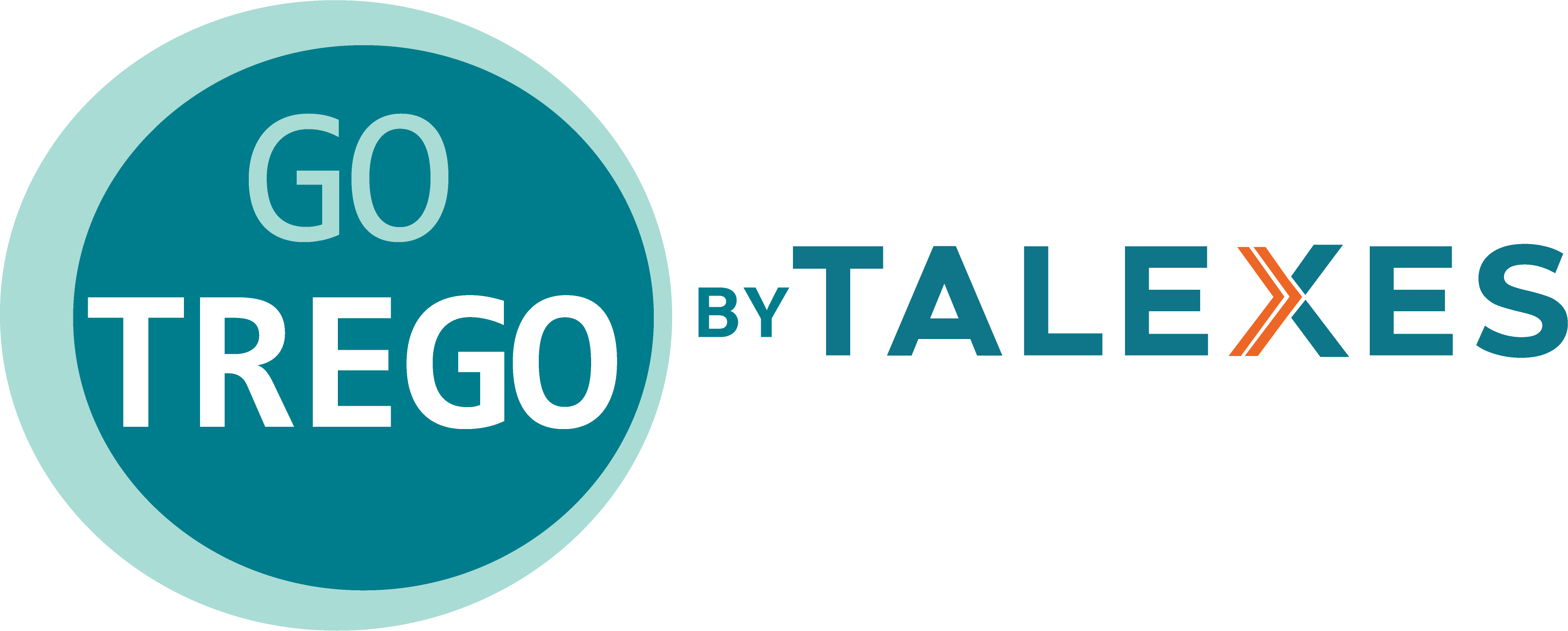The automotive industry is undergoing rapid transformation, driven by factors like electric vehicles, autonomous driving, and changing consumer preferences. To navigate this evolving landscape, dealerships need employees who can adapt to new technologies, market trends, and customer expectations. Assessments offer a valuable tool for identifying and developing such individuals. Why Adaptability Matters in Auto Dealership Technological advancements: From electric vehicles to advanced diagnostics, dealerships must stay ahead of the curve. Adaptable employees can quickly learn and implement new technologies. Changing customer preferences: Customer preferences are evolving, with a growing emphasis on personalized experiences and online shopping. Adaptable employees can adjust
In today’s fast-paced business world, a skilled workforce is key to an organization’s success. As industries shift and technology evolves, the required skills within a company change too. Identifying and addressing these skill gaps is essential for staying competitive and ensuring long-term growth. Here are nine strategies for effectively closing skill gaps through targeted assessments and training: 1. Recognizing the Significance of Skill Gaps Skill gaps arise when there is a mismatch between the skills employees have and the skills needed for their roles. When employees lack essential skills, productivity can suffer. Organizations that proactively address skill gaps can quickly
In today’s fast-paced and changing work environment, virtual leadership is now essential. As remote work becomes more common, leading teams effectively in virtual settings is critical for organizational success. Identifying and nurturing remote leaders, however, requires a thoughtful approach. Here are nine ways to evaluate virtual leadership skills and cultivate successful remote leaders: Strong Communication Skills Communication is central to virtual leadership. Assess leaders’ communication skills by looking at their ability to express ideas clearly, listen actively, and create open dialogue in remote settings. Seek leaders who can effectively convey goals, provide constructive feedback, and keep remote teams engaged
The transition to remote work has prompted a reevaluation of employee training and development strategies. Despite the challenges of fostering career growth in remote settings, it remains a crucial aspect of organizational success. Below, we explore five effective approaches to provide remote employees with ample opportunities for professional advancement. Cultivate a Remote-Friendly Company Culture: Creating avenues for professional growth in remote settings necessitates fostering a company culture that values and supports employee development. Establishing strong relationships between remote workers and their managers is vital. Embrace virtual communication tools such as teleconferencing and video chats to facilitate meaningful interactions and
In today’s multifaceted work environment, traditional methods of evaluating employee performance may overlook crucial aspects of their contributions. Holistic employee performance evaluation offers a comprehensive approach that considers various dimensions of performance, including skills, competencies, and cultural alignment. Embracing this holistic perspective enables organizations to gain deeper insights into their workforce and better foster employee growth and development. Here are nine key points highlighting the significance of holistic employee performance evaluation: 1. Comprehensive Assessment Framework Holistic evaluation entails assessing multiple facets of an employee’s performance, such as technical skills, soft skills, and alignment with organizational values. This comprehensive approach provides
In the ever-evolving realm of work, static performance evaluations no longer suffice to drive progress. The paradigm has shifted towards embracing continuous feedback and development as catalysts for growth. Below, we delve into nine pivotal reasons why this approach is vital for nurturing a culture of improvement and success within organizations. 1. Foster Agility with Real-Time Feedback: Continuous feedback empowers employees to adapt swiftly, steering clear of the pitfalls associated with delayed performance assessments. Agility is paramount in today’s dynamic business landscape, and real-time feedback enables prompt adjustments, fostering a culture of adaptability and resilience. 2. Amplify Employee Engagement: Regular
In today’s dynamic work environments, accurately assessing employee performance is crucial given the diverse and intricate nature of job roles. Standardized evaluation methods often fall short in capturing the nuances of different positions, resulting in incomplete assessments and missed opportunities for development. To tackle this challenge effectively, HR professionals need to adopt a personalized approach by designing tailored assessment frameworks for each role within their organizations. Here are nine practical strategies for creating customized evaluation frameworks to ensure accurate performance assessment: Comprehend Role Specifics: Crafting customized assessment frameworks begins with a deep understanding of the unique requirements of each
In today’s fiercely competitive business environment, organizations recognize the imperative of nurturing talent to maintain a competitive edge. However, conventional performance evaluation methods often fall short in identifying skill gaps and fostering talent growth effectively. Enter competency-based assessments, heralded for their prowess in addressing these challenges. Here are nine key advantages of competency-based assessments in talent development and skill gap identification: Precision Skill Gap Identification: Competency-based assessments offer a laser-focused approach to pinpointing skill gaps within the organization. By evaluating employees against specific competencies pertinent to their roles, organizations can precisely identify areas requiring additional training or development, thus
Facilitating a seamless transition for new employees into an organization is paramount for establishing a positive initial experience and fostering long-term success. Effective onboarding encompasses various elements, including cultural assimilation, skill development, and ongoing support. Here are seven strategies to optimize the onboarding process and ensure new hires thrive in their roles. 1. Craft a Tailored Onboarding Plan: Developing a comprehensive onboarding plan tailored to each new hire’s role and needs is foundational. This plan should delineate key milestones, introduce company culture and policies, and designate individuals responsible for guiding new hires through each phase. 2. Engage in Informative Orientation
In the dynamic landscape of the modern workplace, HR professionals play a vital role in steering organizations toward success. As we move through 2024, aligning HR strategies with the evolving needs of the workforce is imperative. Here are seven impactful HR resolutions aimed at cultivating a prosperous and thriving workplace in the year ahead. 1. Prioritize Employee Well-being and Mental Health: Amidst the challenges of contemporary work environments, prioritizing employee well-being and mental health emerges as a primary resolution for HR professionals. Creating supportive atmospheres, normalizing mental health dialogues, and providing comprehensive resources are essential. Regular wellness check-ins, flexible work











